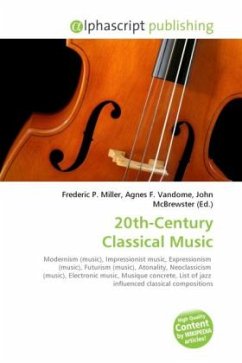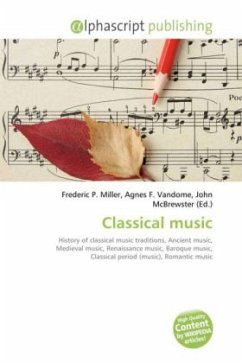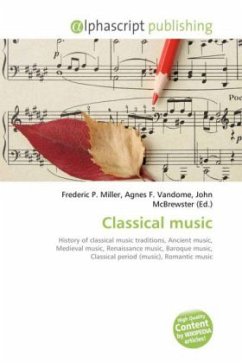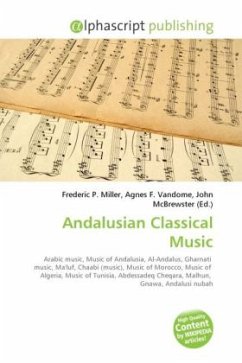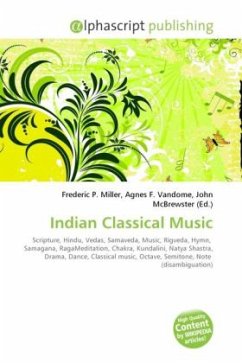Contemporary classical music can be understood as belonging to the period that started in the mid-1970s with the retreat of modernism. However, the term may also be employed in a broader sense to refer to all post-1945 modern musical forms. At the beginning of the 20th century, composers of classical music were experimenting with an increasingly dissonant pitch language, which sometimes yielded atonal pieces. Following World War I, as a backlash against what they saw as the increasingly exaggerated gestures and formlessness of late Romanticism, certain composers adopted a neoclassic style, which sought to recapture the balanced forms and clearly perceptible thematic processes of earlier styles ; see also New Objectivity and Social Realism). After World War II, modernist composers sought to achieve greater levels of control in their composition process (e.g., through the use of the twelve tone technique and later total serialism). At the same time, conversely, composers also experimented with means of abdicating control, exploring indeterminacy or aleatoric processes in smaller or larger degrees. Technological advances led to the birth of electronic music.
Bitte wählen Sie Ihr Anliegen aus.
Rechnungen
Retourenschein anfordern
Bestellstatus
Storno


